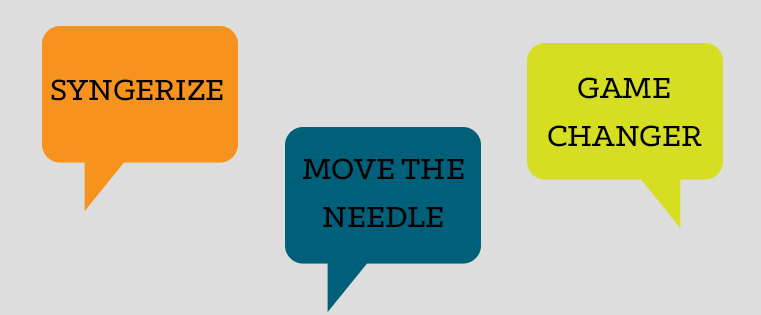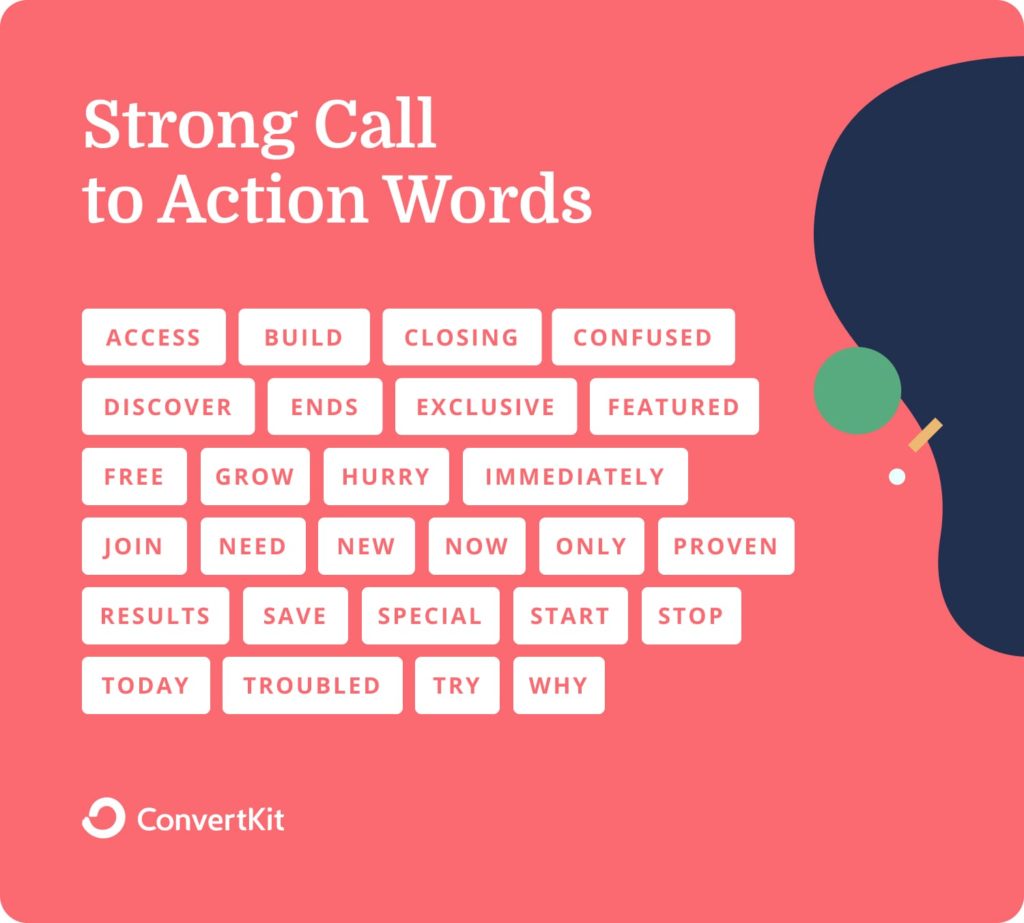Well-written copy is the key to communicating effectively—especially with employees in a busy workplace.
In this episode of Communications Academy, we've outlined a formula that provides a powerful method for writing copy proven to drive readership with messages that won't sit unopened in a busy inbox.
Read on for more detailed information!
1. State the Problem
Let the employee know why you're reaching out. Identify a problem that they relate to in order to compel them into paying attention right off the bat.
The best way to pose a relatable problem? Use language they speak—the more conversational the better. From behind a computer screen, it can be easily forgotten that your audience is a group of real people, not just last names on a mailing list. Avoid corporate jargon and include emotion-provoking language.

Example: Recent security updates to the staff intranet will require everyone to update their passwords. Don't get locked out and miss the upcoming benefit deadlines!
2. Provide a Solution
Now it's time to provide the solution to your stated problem.
Example: We created a short video to teach you how to reset and securely save your new passwords.
3. Provide Examples
Build your credibility by sharing relevant real-life examples outlining why this solution has been successful. How has your solution worked in the past? For other companies? Don't forget to flex your storytelling muscles here—a relatable story can create instant engagement and help with understanding, but be sure to keep your examples concise and relevant.

Example: In 2016, hackers stole information from 600,000 Uber users, but it wasn’t until about a year later that Uber made the breach public. What’s worse, they paid the hackers $100,000 to destroy the data with no way to verify that they did, claiming it was a “bug bounty” fee. Uber fired its CSO and dropped 20 billions dollars in valuation (partially) because of the breach. Let's not follow suit.
4. Emphasize the Benefits
Let your reader know what they stand to gain. A busy employee simply skimming your communication should see the benefit right away.
Example: Protect both yourself and the company so we don't have to enforce any further security policies! This will only take 5 minutes of your day—we promise.
5. End on a CTA
Give employees an easy way to take the next steps with a clear and visible CTA that links exactly to where they need to be. Make it easy for them—they're busy and you don't want your hard work to go ignored.

Example: Watch the video here to begin the process!
A Few Bonus Stylistic Tips!
- Simplify: Speaking plainly and clearly to your workforce is the most efficient way to get your point across. Your copy should not be laden with jargon, vague sentiments, or excess. Be clear, concise, and don’t meander. Cut the fat from your initial drafts, and, in the words of the great American writer E.B. White, “Do not be tempted by a twenty-dollar word when there is a ten-center handy, ready and able."
- Embrace your Inner Marketer: The same tactics that a marketer might employ to grab the attention of potential sales prospects also have value internally. For example, use a great headline to your message to seize attention early and stand out among other tasks. Famed copywriter and ad man David Ogilvy once said, “On the average, five times as many people read the headlines as the body copy. When you have written your headline, you have spent 80 cents out of your dollar.”
- Avoid Being "Stylish": As a communicator, you must keep in mind that there's no real shortcut to writing copy with attention-grabbing style. In fact, good copy isn’t necessarily “stylish” at all. To again quote the great David Ogilvy, “A good advertisement is one which sells the product without drawing attention to itself." Channel the same idea into your internal comms.


